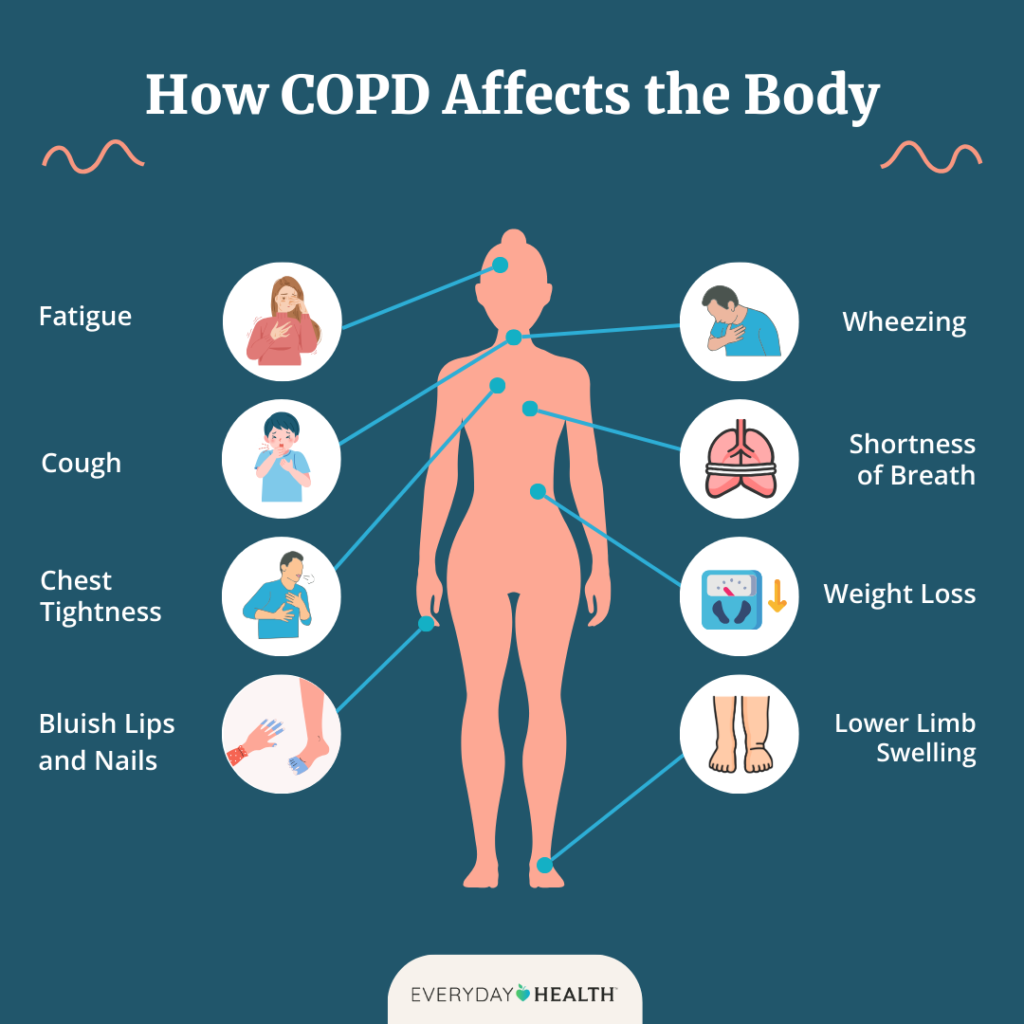
This post is a bit different because it’s not written by Rado but by Lujza. I am a final year medical student and a medical doctor to be. Therefore I also wanted to share my opinion about health impacts of air pollution.
Firstly, let’s talk about air. The air contains nitrogen, oxygen, carbon dioxide, all the good stuff. But not always only that. If you’ve read the post about air pollution in rural areas, you know that air sometimes contains more substances or particles. Everybody (including me) would say that big cities are not only centers of the society but also of the air pollution. You want clean air, you need to visit the countryside. Not true in winter. The air in rural areas during winter heating season can be much more polluted than that in developed cities.
But what does that mean, polluted air? What are the “‘dirty” particles that we are afraid of? It can be fumes like sulfur dioxide, nitrogen dioxide, nitrous oxide, ammonia, benzopyrene, ozone and carbon monoxide or some other particles which create aerosol. In this article, I want to focus on the dangers that those substances present for our health.
The respiratory system is the one which comes to contact with these malevolent particles first. That’s why lungs or bronchi are the first to be affected. Usually the fumes irritate upper respiratory tract as well as eyes. This can cause conjunctivitis, an inflammation of the transparent membrane that lines the eyelid and eyeball. Your nasal mucosa becomes irritated which in turn makes you prone to respiratory infections and it can exacerbate your chronic respiratory diseases like asthma or chronic obstructive pulmonary disease (COPD). Let’s focus on these two chronic diseases.
Asthma
Asthma is chronic inframmatory respiratory disease with all the symptomatology caused by bronchial hyperactivity. Approximately 300 million of people suffer from asthma around the world. Symptoms include difficult breathing, wheezing when exhaling, cough, pressure on chest or shortness of breath. Trouble breathing usually occurs at night or early in the morning. It can present also by recurring respiratory infections. Usually, the first onset of asthma is in childhood. We don’t know exactly what triggers asthma but certainly a person needs to have a genetic predisposition. It depends, among other things, on what the person breaths and in what environment the person lives. Highly and frequently polluted air can trigger the first asthma attack and thereby set off the whole disease.

A severe worsening of symptoms of asthma is called exacerbation. In such case, a person has severe dyspnea which means shortness of breath, has trouble of speaking, and even can’t lay down because the breathing is even harder in this position. In some cases, even cyanosis can occur which is blue coloring of the skin due to low oxygen saturation of blood. This can be a life threatening situation. The exacerbation can be caused by infections, cold, but the big part plays the air quality. People who suffer from asthma should live in places with high air quality. With clean air, antiallergic mattresses and pillows and pharmacological treatment, the asthma disease can have none or very subtle symptoms and no exacerbations.
Chronic obstructive pulmonary disease (COPD)
COPD is similar to asthma but there are also many differences. Asthma usually presents itself in childhood, while we usually see COPD in elderly people. People suffering from asthma have genetic predisposition for it and their symptoms can be very manageable while changes of respiratory tract are reversible. COPD, on the other hand, is mostly (90%) caused by smoking but the quality of air plays a certain role too. COPD is slowly progressive. The changes on bronchi and lungs are irreversible.
The symptoms are similar to asthma with productive cough mostly in the morning. Patients suffer from shortness of breath and therefore they show lower physical performance. The person with COPD spends a lot of her energy on breathing so lost of weight, even significant one, is one of the symptoms. Lungs present an obstruction for blood flow and the right side of the heart need to work more than the left half. That’s more than heart can handle, so heart symptoms are inevitable and people usually die of right-sided heart failure. We can’t stop the disease but the speed of progression depends on the person’s lifestyle. Smoking is strictly forbidden but also clean air is a necessity.
Polluted air can cause an exacerbation of COPD. These exacerbations are characterized by low oxygen saturation of blood, severe shortness of breath, alteration of consciousness (people are sleepy or even unconscious), edemas on legs and cardiovascular instability. Healthy people are saturated at about 99%, people with COPD are at about 90% and in exacerbation, the saturation can drop down to 70% which is life-threatening. It is a terrible picture to imagine and sometimes the disease can be very hard to manage. The people with COPD are usually elderly fragile patients. During exacerbation, they have to be admitted to the hospital and in most cases can’t breathe on their own so we need to give them support. Each exacerbation worsen their overall state and shortens their life.

COPD and asthma aren’t rare diseases. About 13% of the world population suffer from COPD. Even if you are lucky and you don’t suffer from any of those diseases, you should still care about the air quality. Think about your grandparents or other fragile people who need to be protected.
I’m not going to make this article unnecessarily long. Lastly, I wanted to mention that polluted air can cause much more than pulmonary diseases. The list includes stroke, heart diseases, it can contribute to lung cancer and more. Maybe I can write about those in my next article, if Rado lets me😊. Until then, have a nice time and clean air.
RELATED POSTS
View all




Leave a Reply